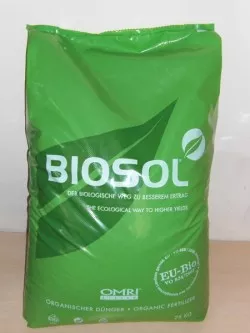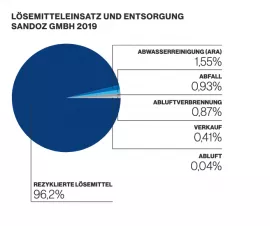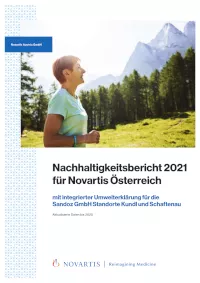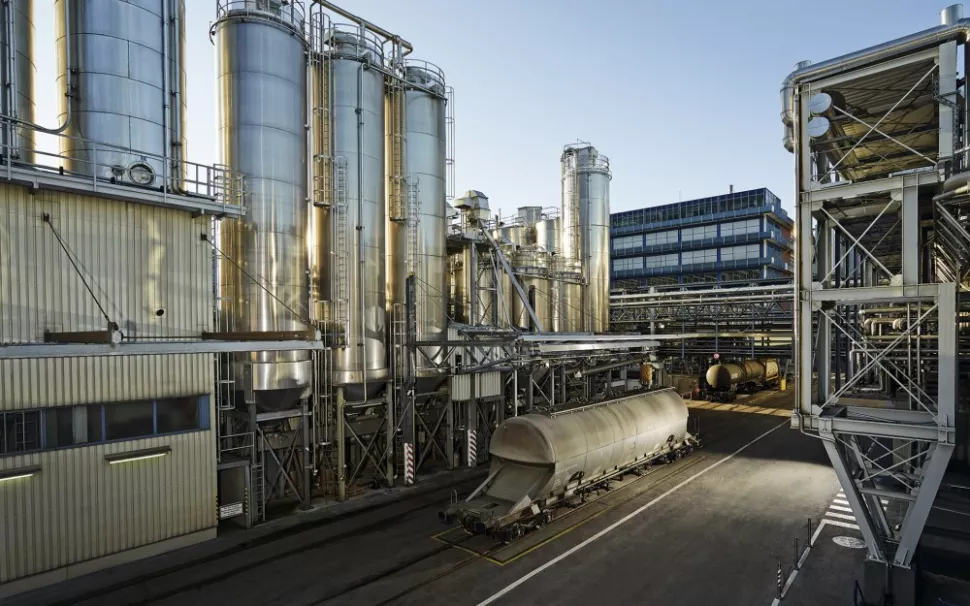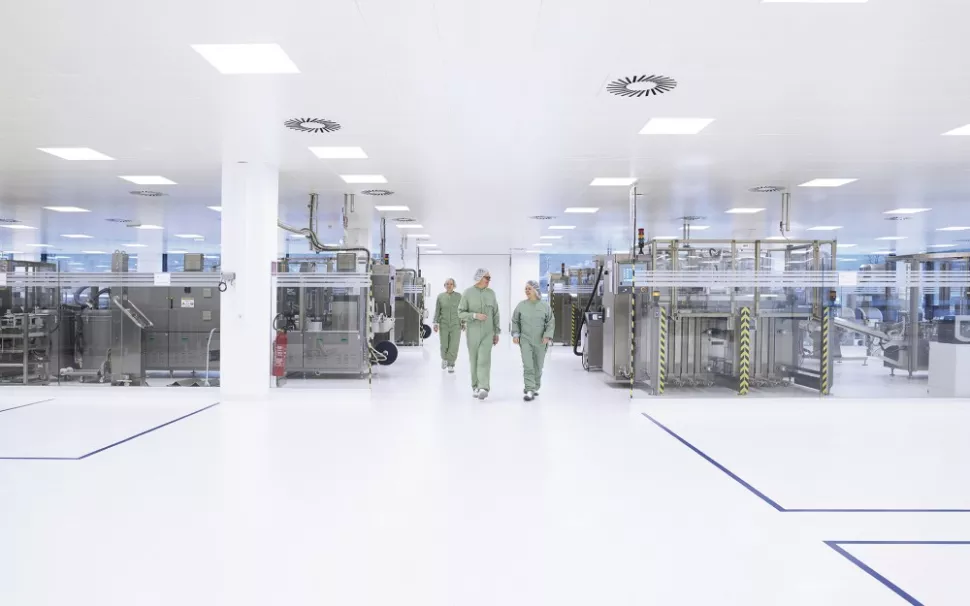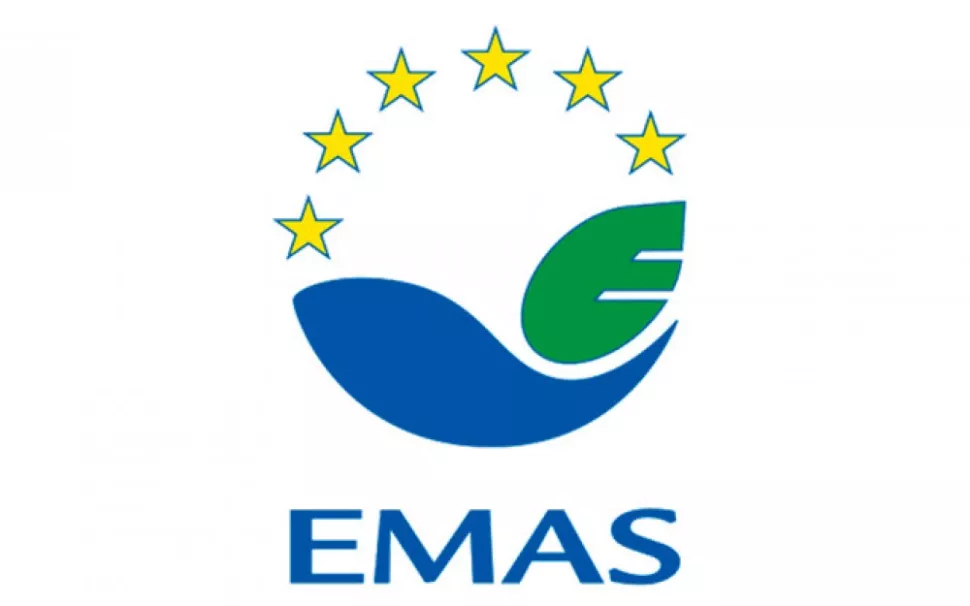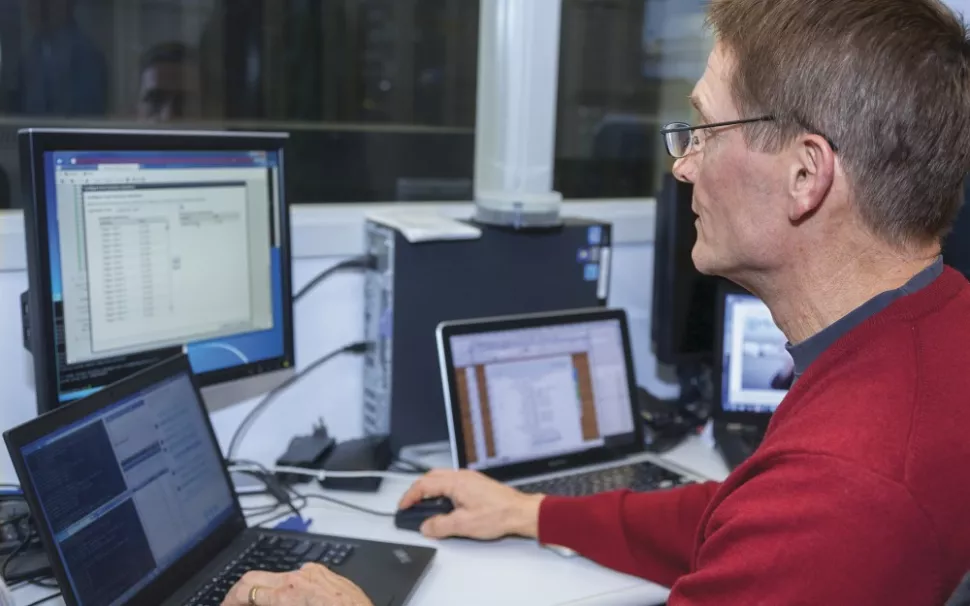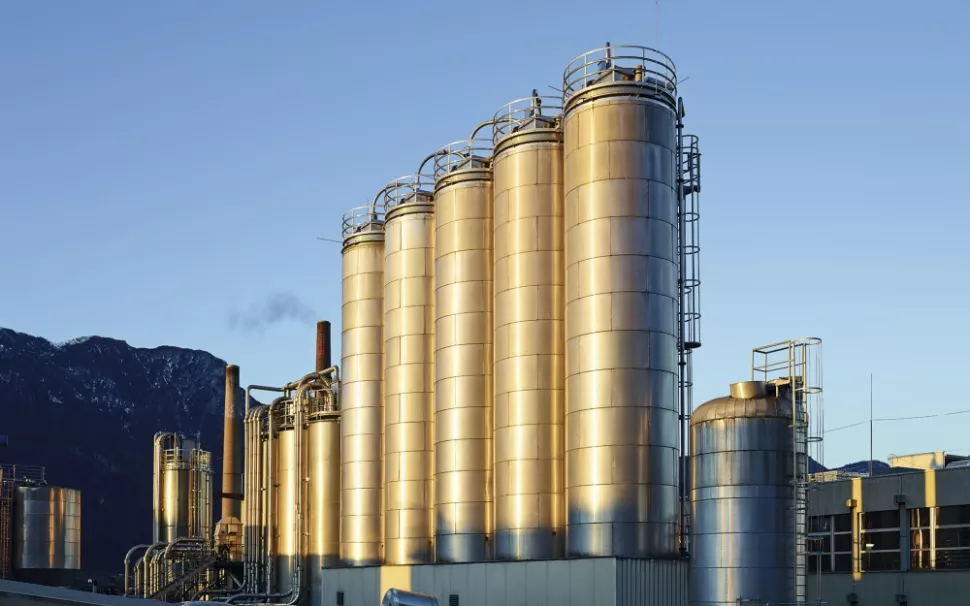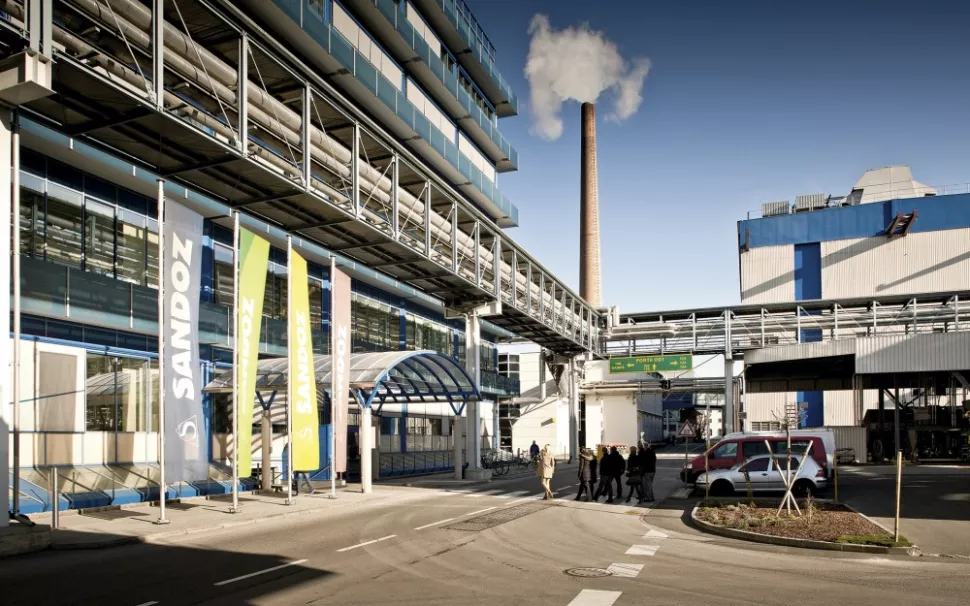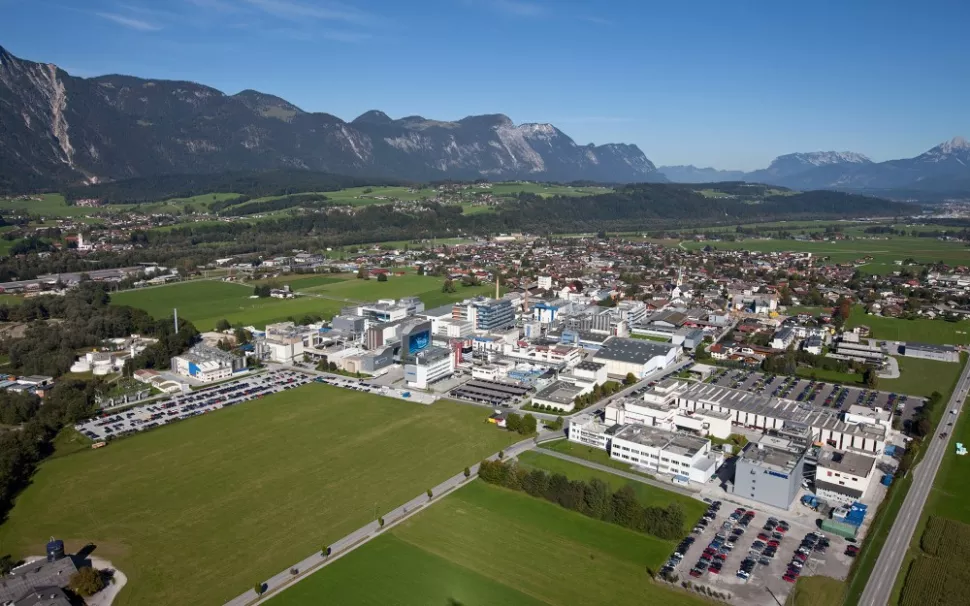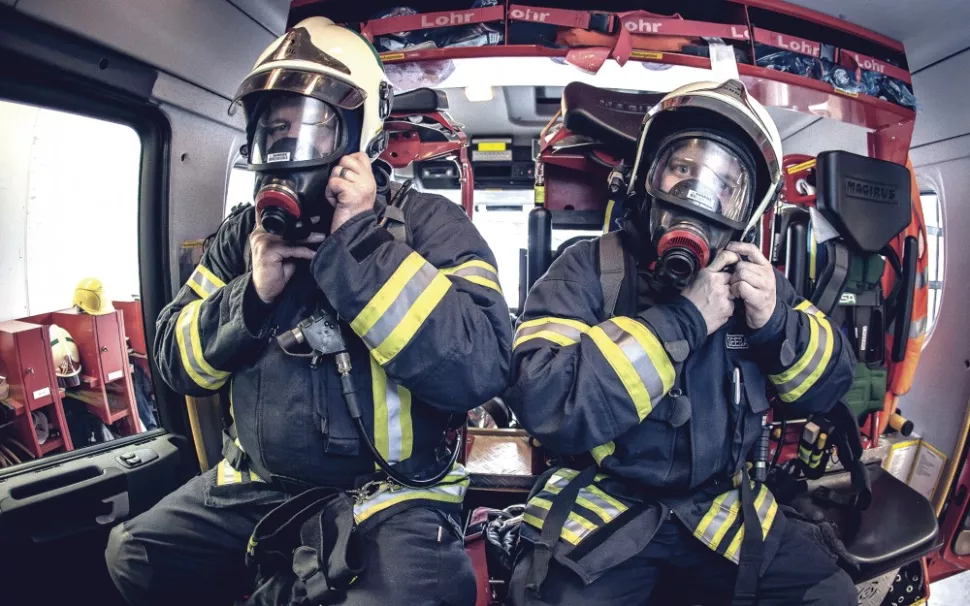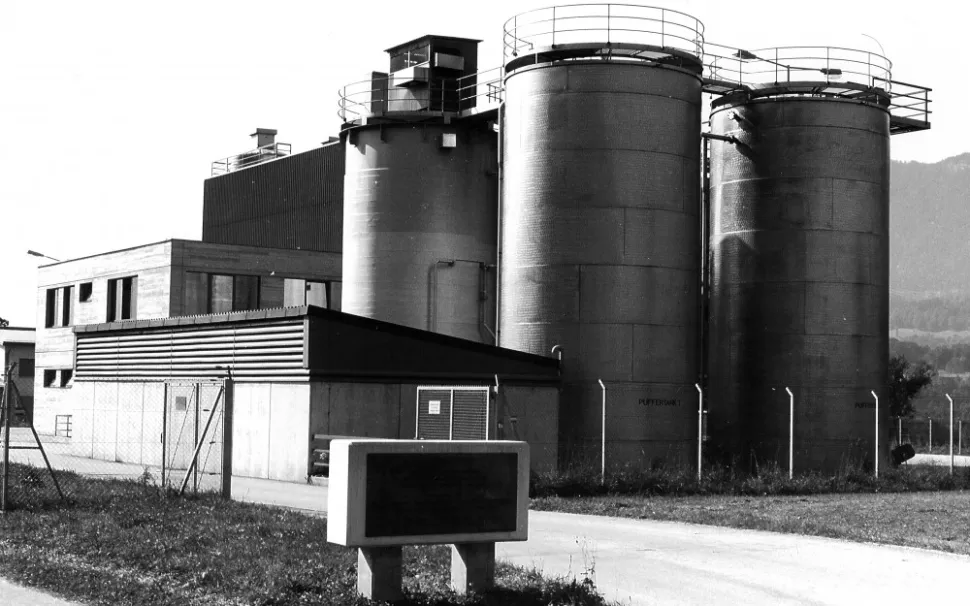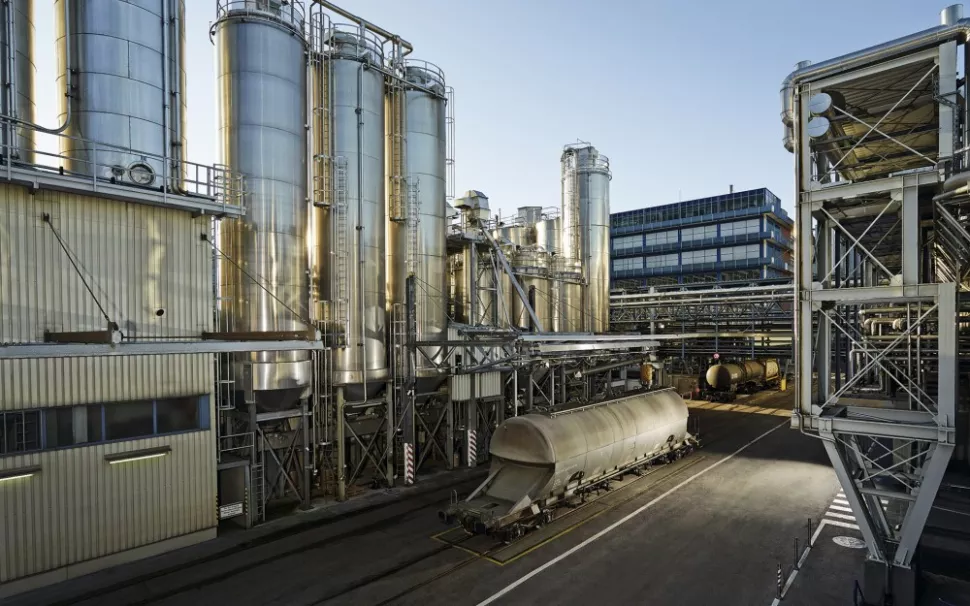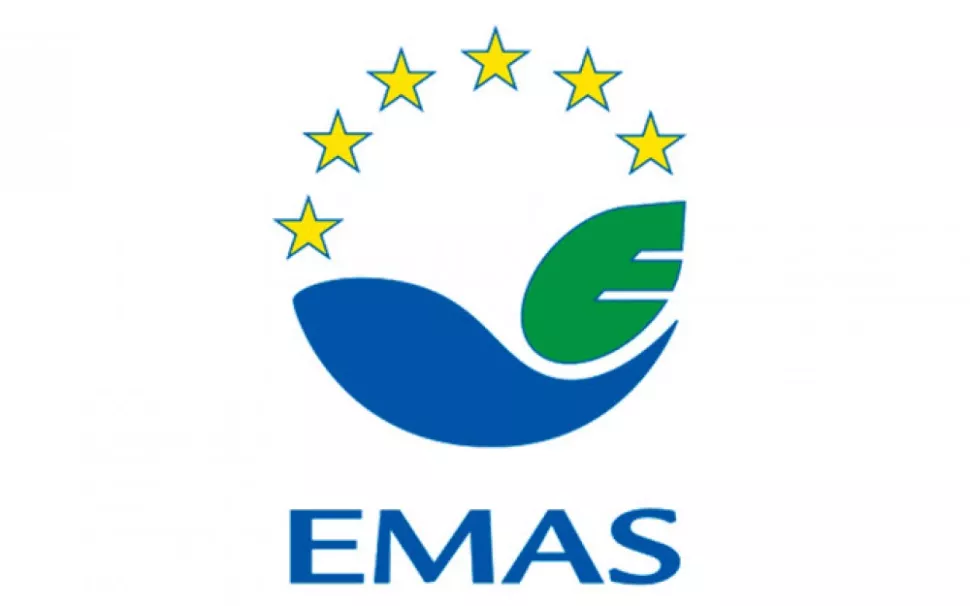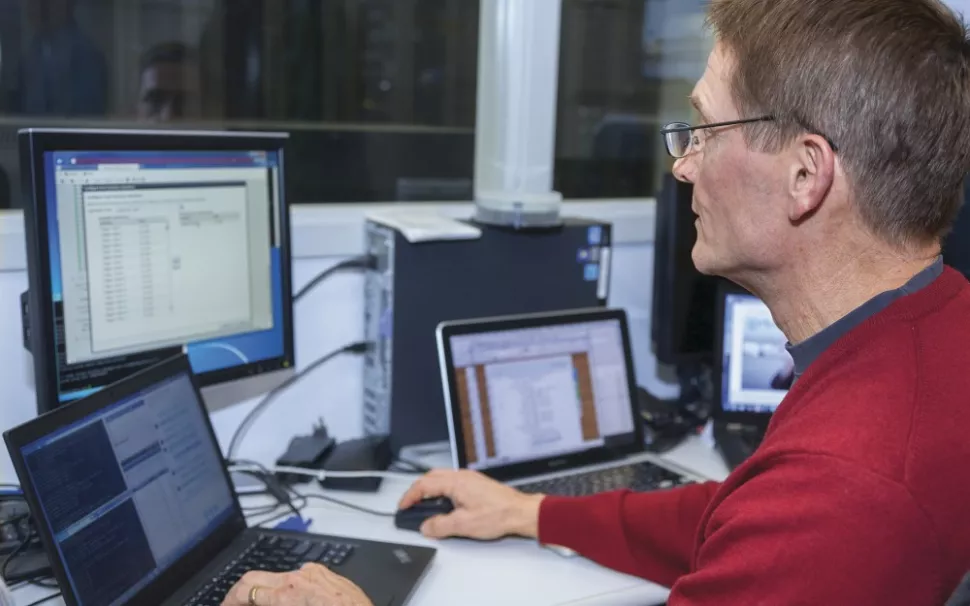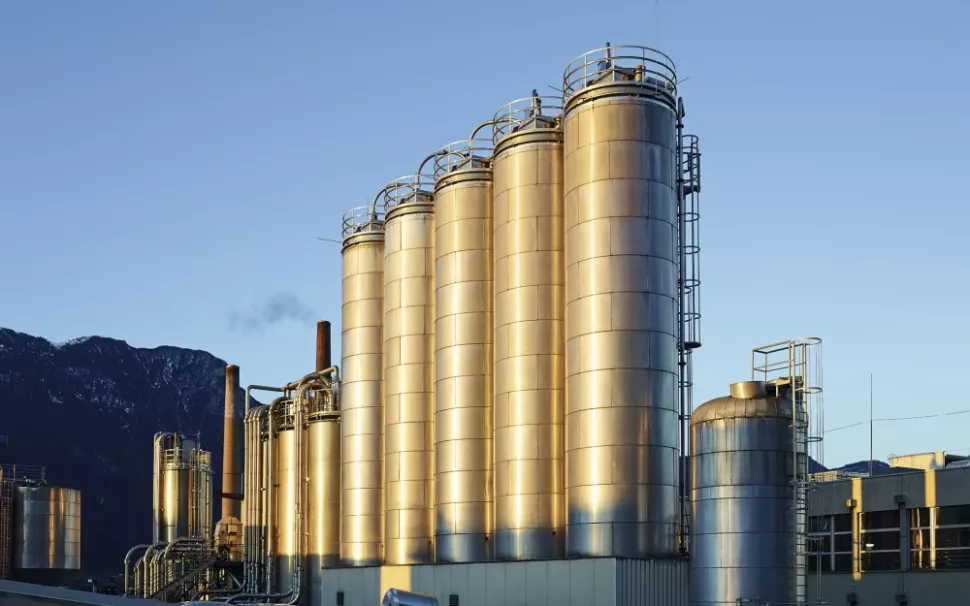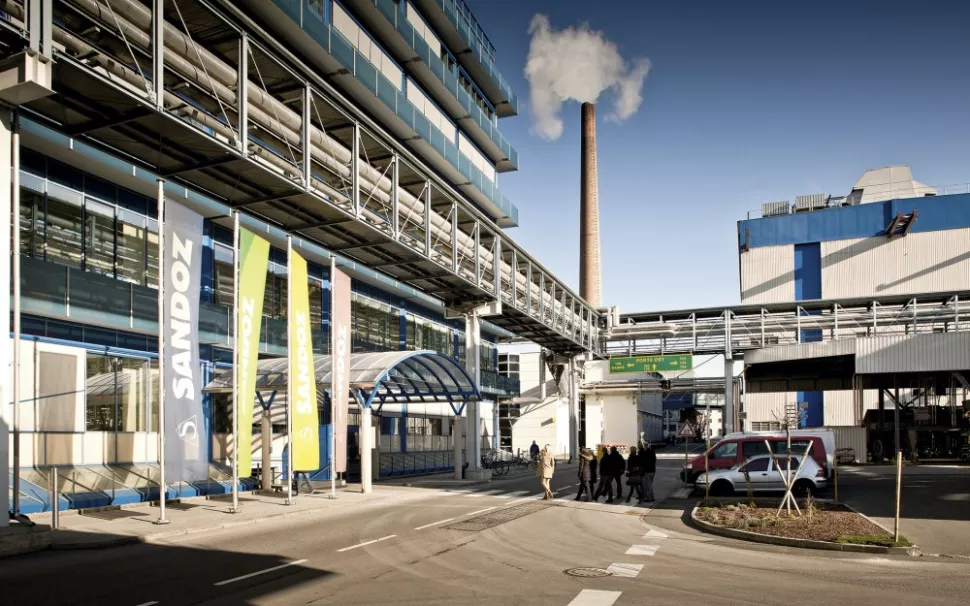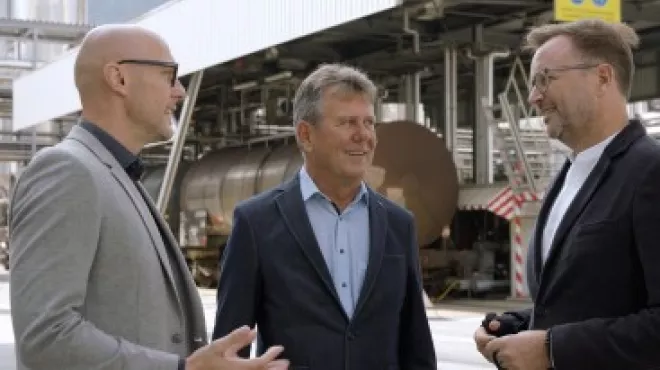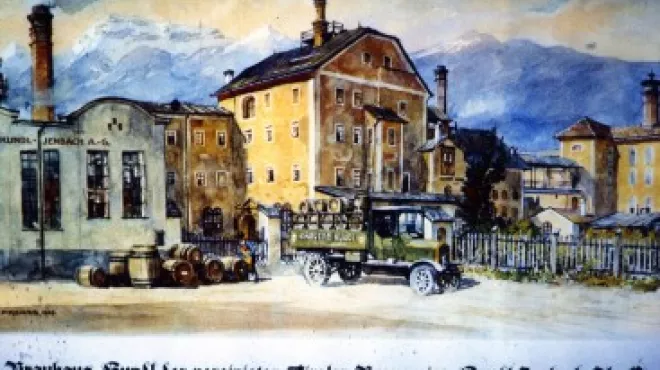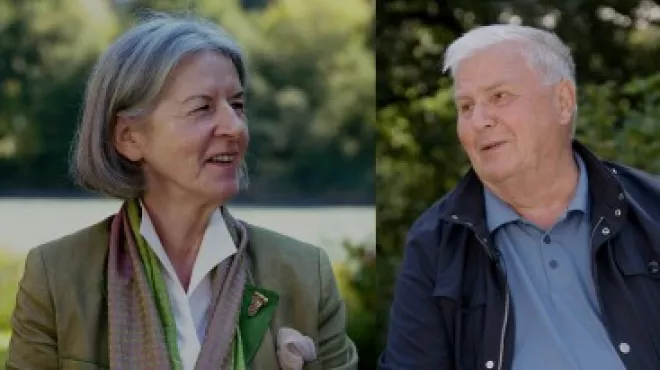Antibiotika und Biopharmazeutika aus Kundl/Schaftenau heilen seit vielen Jahrzehnten Krankheiten und retten Leben. Bei ihrer Entwicklung und Produktion spielten Nachhaltigkeit und Umweltschutz schon dann eine Rolle, als sie noch niemand so nannte. Heute geht’s nicht mehr ohne. So fallen immer weniger Abwasser, Abfall und Abluft an, während die Produktionszahlen kontinuierlich steigen.
Wiederverwertung hat am Standort Kundl/Schaftenau Tradition. 1946/47 dienten umgebaute Motoren von Panzerfahrzeugen zur Drucklufterzeugung und Treibstofftanks ausgedienter V2-Raketen als Flüssigkeitsbehälter. Rohre kamen aus dem ausgebombten Café München in Innsbruck. Und die firmeneigene Glasbläserei erzeugte neben Penicillin-Ampullen auch Christbaumschmuck.
Es war Improvisationstalent in der Not und von Recycling hat damals sicher niemand gesprochen. Zugleich war damals schon angelegt, was Kundl/Schaftenau heute noch prägt: ein verantwortungsvoller Umgang mit den Ressourcen. Nachhaltigkeit und Umweltschutz spielen am Standort seit jeher eine wichtige Rolle. Das zeigen die folgenden Beispiele.
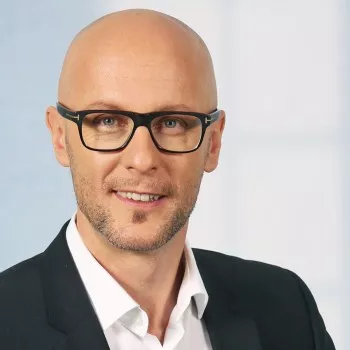
Als Arzneimittelhersteller tragen wir eine besondere Verantwortung. Umweltschutz und Nachhaltigkeit sind lange gelebte Praxis in Kundl/Schaftenau.
Mario Riesner, CEO Sandoz GmbH

